
How to Use SW-420 Vibration Sensor: Examples, Pinouts, and Specs
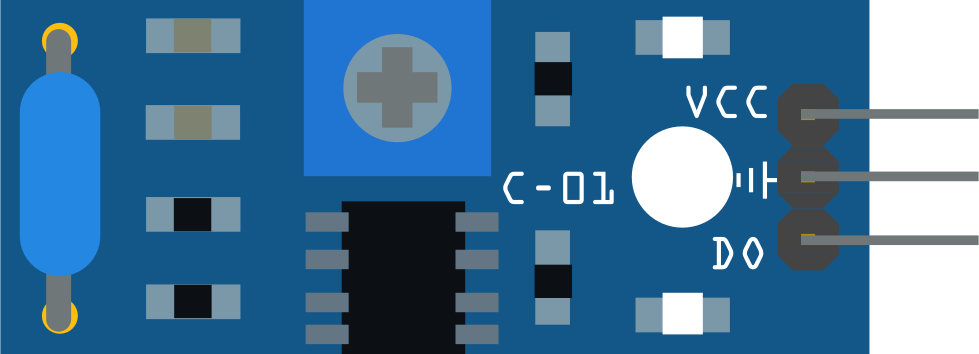
 Design with SW-420 Vibration Sensor in Cirkit Designer
Design with SW-420 Vibration Sensor in Cirkit DesignerIntroduction
The SW-420 Vibration Sensor is a simple and cost-effective module designed to detect vibrations and shocks. It is based on the principle of a conductive ball inside a tube that makes contact with pins when the sensor is moved, thus closing the circuit. This sensor is widely used in applications such as burglar alarms, car alarms, smart vehicles, earthquake detection systems, and other systems where vibration or impact detection is required.
Explore Projects Built with SW-420 Vibration Sensor
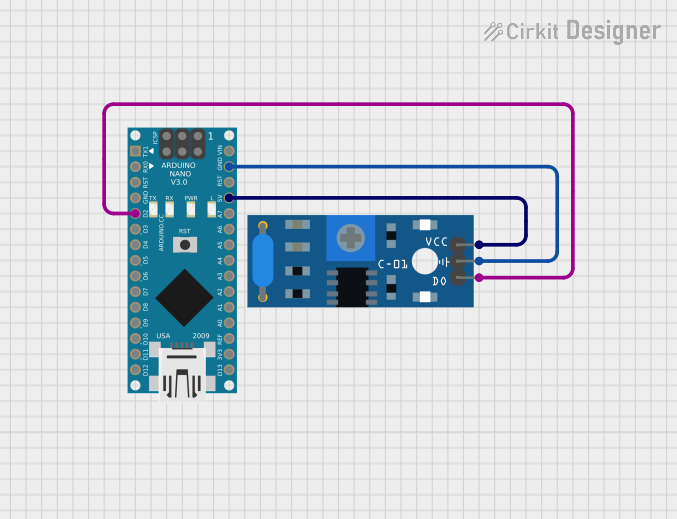
 Open Project in Cirkit Designer
Open Project in Cirkit Designer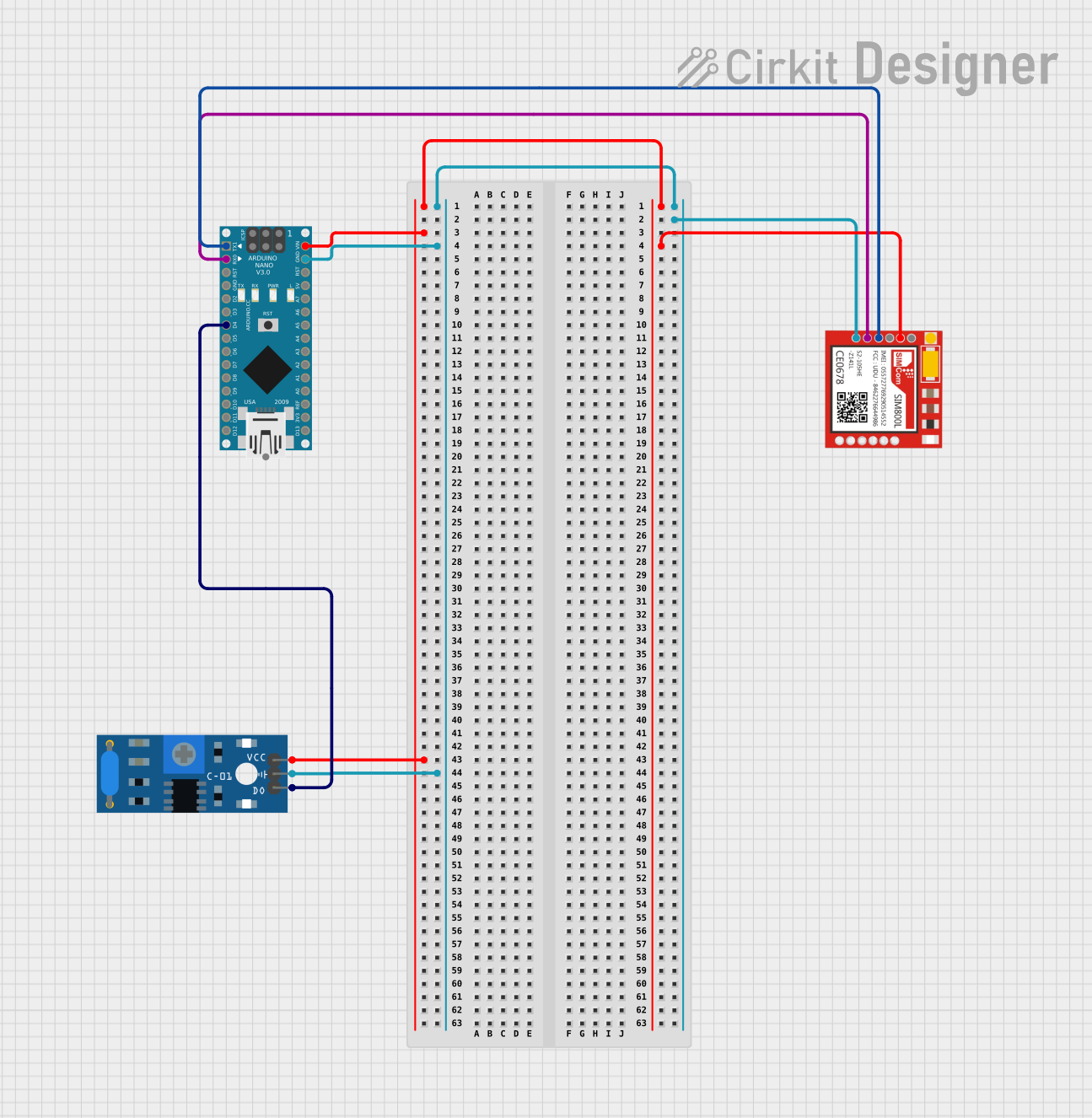
 Open Project in Cirkit Designer
Open Project in Cirkit Designer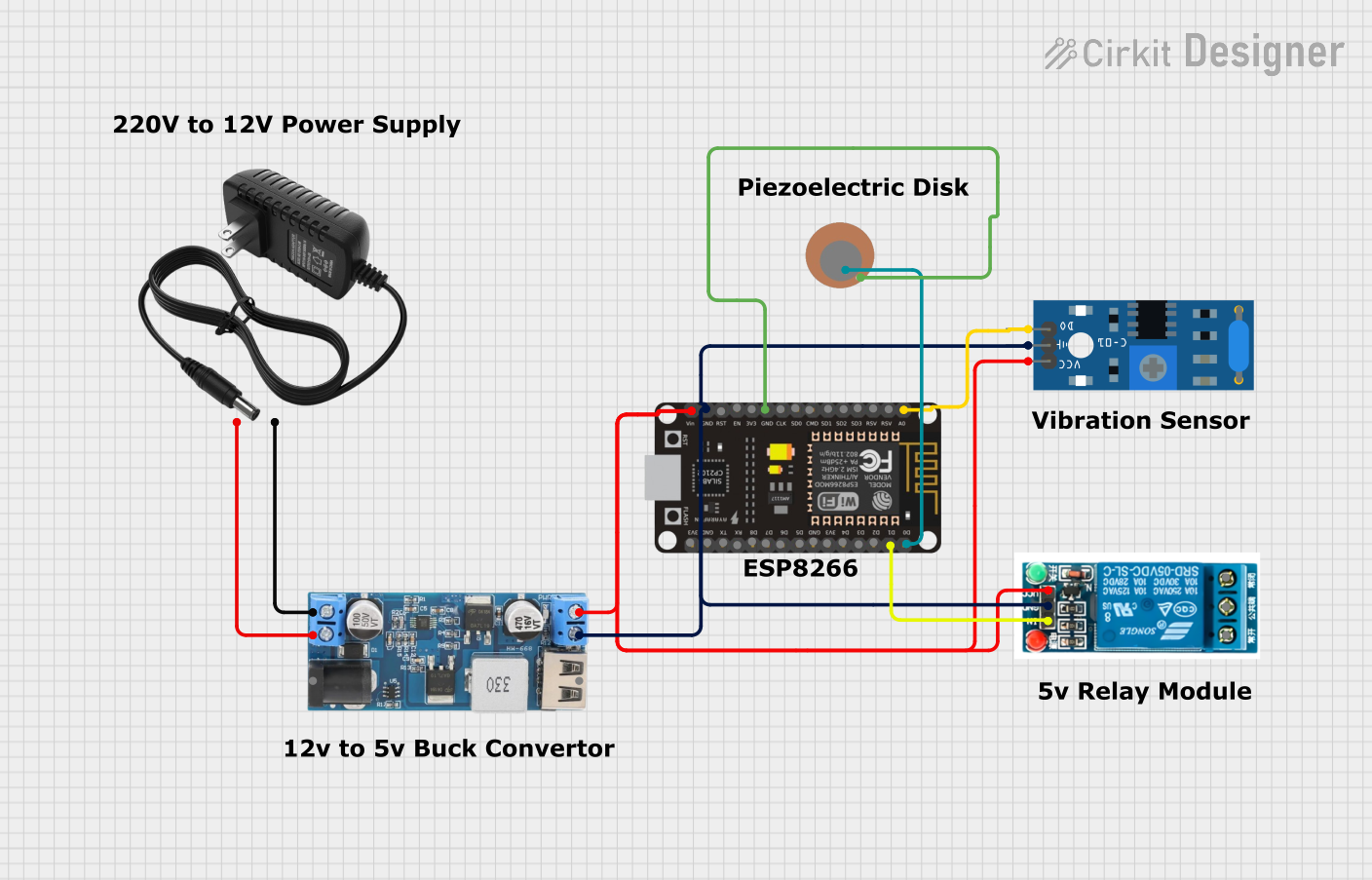
 Open Project in Cirkit Designer
Open Project in Cirkit Designer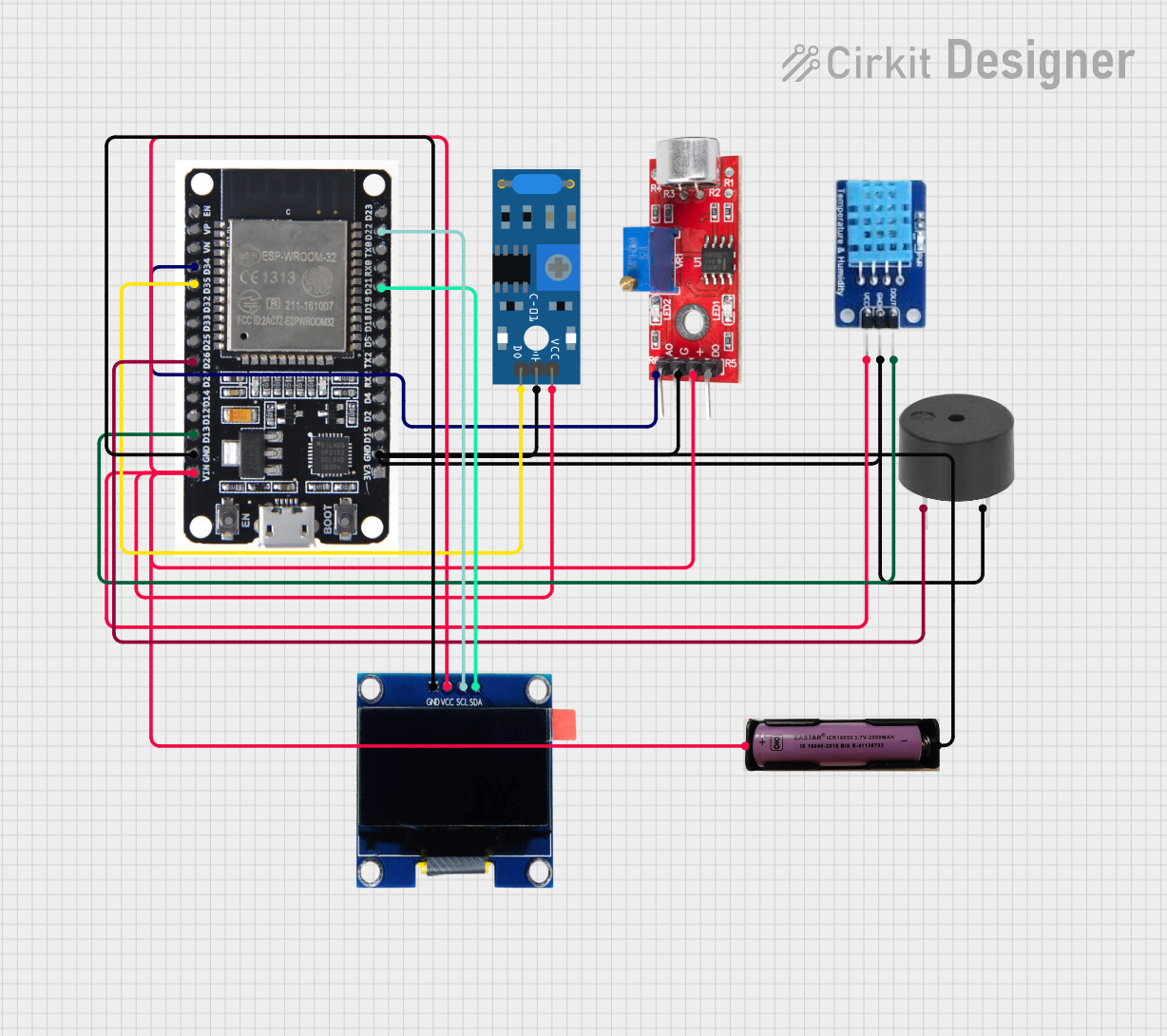
 Open Project in Cirkit Designer
Open Project in Cirkit DesignerExplore Projects Built with SW-420 Vibration Sensor

 Open Project in Cirkit Designer
Open Project in Cirkit Designer
 Open Project in Cirkit Designer
Open Project in Cirkit Designer
 Open Project in Cirkit Designer
Open Project in Cirkit Designer
 Open Project in Cirkit Designer
Open Project in Cirkit DesignerTechnical Specifications
Key Technical Details
- Operating Voltage: 3.3V to 5V
- Output Type: Digital signal
- Current Consumption: Typically <5mA
- Operating Temperature Range: -10°C to +70°C
Pin Configuration and Descriptions
| Pin Number | Name | Description |
|---|---|---|
| 1 | GND | Ground, connected to the system ground |
| 2 | DO | Digital Output, logic high when triggered |
| 3 | VCC | Power supply, 3.3V to 5V |
Usage Instructions
Connecting to a Circuit
- Connect the VCC pin to the positive supply voltage (3.3V to 5V).
- Connect the GND pin to the ground of the power supply.
- The DO pin outputs a digital signal and should be connected to a digital input pin on a microcontroller like an Arduino UNO.
Important Considerations and Best Practices
- Ensure that the power supply voltage does not exceed the recommended operating voltage to prevent damage to the sensor.
- The sensor's sensitivity can be adjusted using the onboard potentiometer. Turn clockwise to increase sensitivity and counterclockwise to decrease it.
- Avoid placing the sensor in an environment with constant vibration as it may lead to false triggers.
- Use a pull-up resistor if the microcontroller input pin does not have an internal pull-up feature.
Example Code for Arduino UNO
// Define the pin where the sensor is connected
const int vibrationSensorPin = 2;
void setup() {
// Initialize the sensor pin as an input
pinMode(vibrationSensorPin, INPUT);
// Begin serial communication at a baud rate of 9600
Serial.begin(9600);
}
void loop() {
// Read the state of the vibration sensor
int sensorState = digitalRead(vibrationSensorPin);
// Check if the sensor is triggered
if (sensorState == HIGH) {
// If the sensor is triggered, print a message to the serial monitor
Serial.println("Vibration detected!");
} else {
// If the sensor is not triggered, print a different message
Serial.println("No vibration detected.");
}
// Wait for a short period before reading again
delay(100);
}
Troubleshooting and FAQs
Common Issues
- Sensor not responding: Ensure that all connections are secure and the power supply is within the specified range.
- False triggers or no detection: Adjust the sensitivity using the onboard potentiometer. Environmental factors such as wind or machinery can cause false triggers.
- Inconsistent readings: Check for loose connections and ensure the sensor is mounted securely to prevent random vibrations.
Solutions and Tips
- If the sensor is too sensitive, try placing it on a more stable surface or decrease the sensitivity using the potentiometer.
- For a more robust application, consider implementing a software debounce to filter out spurious signals.
- When integrating with a microcontroller, ensure that the input pin is configured correctly and that the sensor's digital output is compatible with the logic level of the microcontroller.
FAQs
Q: Can the SW-420 Vibration Sensor detect the direction of vibration? A: No, the SW-420 can only detect the presence of vibration, not its direction.
Q: Is it possible to use the SW-420 sensor with a battery? A: Yes, as long as the battery voltage is within the operating range of 3.3V to 5V.
Q: How can I extend the life of the sensor? A: Avoid exposing the sensor to continuous vibrations and extreme temperatures to prolong its lifespan.
Q: Can I use the SW-420 sensor with an analog input? A: The SW-420 provides a digital output and is not designed for analog input. However, some modules may come with an analog output; refer to the specific module datasheet for details.